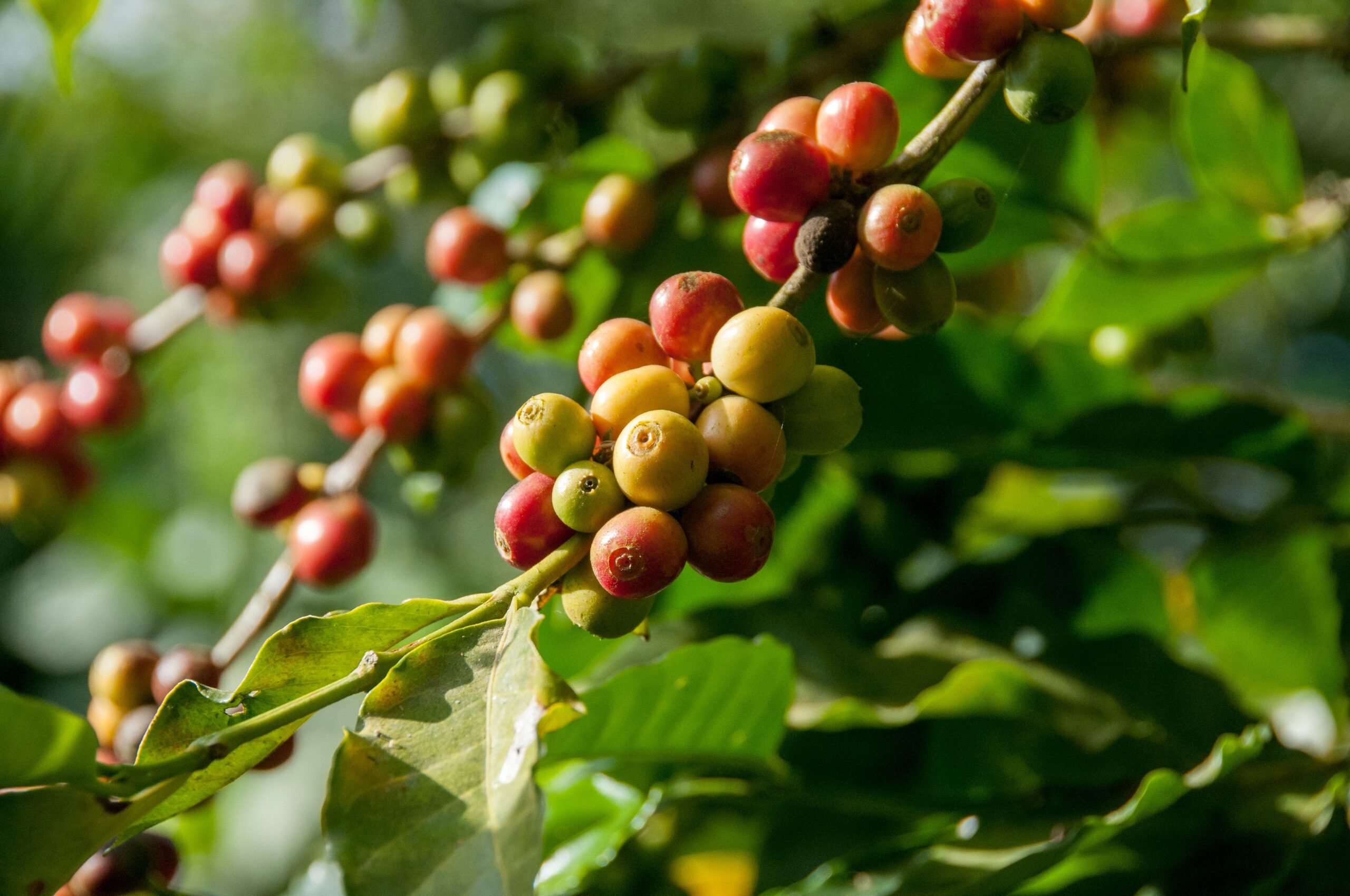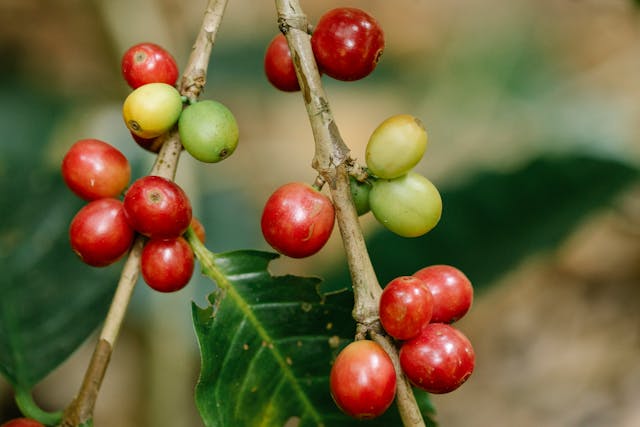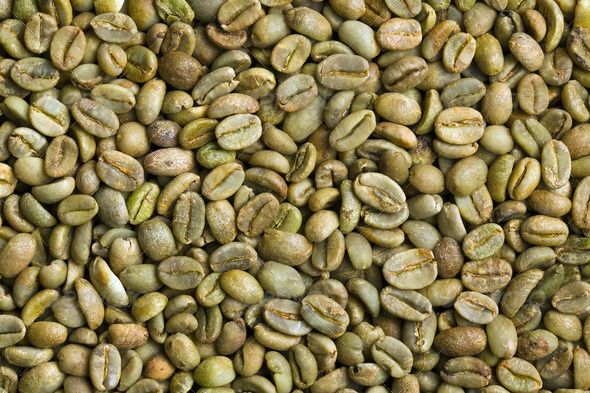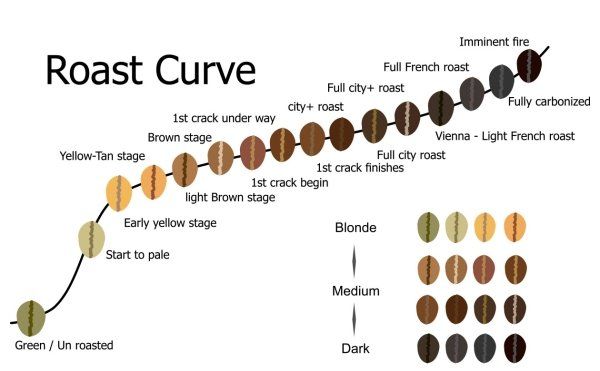
A Simplified Coffee Production Journey
If you enjoy drinking coffee, have you ever given any thought as to where it originates or whether the process of coffee production is tedious or not?
Many people see coffee beans growing on a plant, but they are unaware that coffee doesn’t actually begin as beans.

In reality coffee beans are the seeds of a particular kind of berry. Thus, it is true that coffee beans comes from a fruit! Or is it a fruit’s seed?
A coffee plant cannot grow in every climate; it grows in areas with low elevations and higher temperatures, particularly in warm climate subtropical and equatorial regions. The entire production process takes a coffee plant about 3–4 years, depending on the variety.
Coffee Production Harvesting and Processing
There are two main methods used in coffee production to collect the berries: manual harvesting, which is the old-fashioned approach, and mechanised harvesting.
The flesh from the fruit is removed to extract the beans, and processed.
Beans can only be processed in two ways: wet processing, which is a more recent method, and dry processing, which is an earlier method.
The earliest technique for preparing coffee is called dry processing. The sun dries the beans for about two weeks, turning them periodically to ensure even drying.
Wet processing is a contemporary technique for processing beans that takes place right after harvest.
There are two steps in this coffee harvesting process: washing and fermentation. The pulp that remains on the beans softens and washes away throughout this procedure. This technique is popular because it keeps the beans from damaging.
Once processing is complete, the unblemished beans will undergo further processing. The bad beans; sorted and recycled.
The beans, at this point called “green coffee beans” are ready for the next process.

Roasting
The last stage in the creation of coffee is roasting, which is crucial. To produce the ideal result, precise attention to time and temperature regulation is paramount.
Their coating will split open, releasing the beans as they cook.
The degree of roasting, which can range from light to dark roast, determines how strong the coffee’s flavour is.
It’s a common misconception that the longer you roast coffee beans, the stronger the flavour and caffeine content; nonetheless, this is nothing to be ashamed of. In contrast, coffee beans with longer roast times have lower levels of caffeine and taste.

Packaging, Shipping, Grinding and Brewing in Coffee Production
The finished product will be shipped to a retailer or sold directly to the consumer provided roasting is complete.
Coffee has an enriched grind scale from coarse to extra fine that is determined by the type of coffee brewer you use. The grind size determines how fast coffee releases its flavour.
Lastly, coffee packaging is very important. It loses its flavour when exposed to air for long periods of time, especially ground coffee.
That’s why coffee is packed in airtight packs, with the aim to retain its freshness and flavour for as long as possible.
Source
The process of coffee production: from seed to cup
-
1kg Kwararafa Light Roast | Vibrant & Fruity Nigerian Coffee (Ground or Whole Bean)
-
250g Kwararafa Light Roast | Vibrant & Fruity Nigerian Coffee (Ground or Whole Bean)
-
Buna Magic Mug
-
Chemex Combo: Brewing Perfection & Kwararafa Coffee (250gms)
-
Experience Clean Coffee Perfection: TGR 151 Chemex by Tigray Coffee Co.
-
Full Control, Full Flavor: TGR 171 French Press by Tigray Coffee Co.
-
Limited-Time! Save 15% – Tigray Moka Pot & Kwararafa Coffee Combo
-
Tigray Coffee Co. French Press & Coffee Combo: Unwind in Rich Flavor (250g)
-
Unlock Italian Coffee at Home: TGR 101 Moka Pot by Tigray Coffee Co.



No Comments